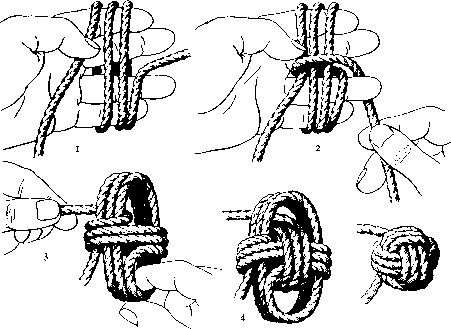Richard
Final Approach
- Joined
- Feb 27, 2005
- Messages
- 9,076
- Location
- West Coast Resistance
- Display Name
Display name:
Ack...city life
What knots or hitches do you use? What is your most commonly used and which do you wish you could tie because you see the practicality of it?
I use the bowline, reef, clove hitch, constrictor knot (usually in whipping), rolling hitch, sheet bend, timber hitch and trucker's hitch. For marrying two lines often I'll use a fisherman's knot (two overhand knots, opposed). For bundling whether it be a sail or a stack of pruned branches I'll usea marling hitch. I'll put a double figure 8 at the end as a stopper knot.
Those are the main knots and hitches I use but always am on the look out for others. I've never been happy with the results of any Turk's head or monkey fists I've tied. I've had Ashley's Book of Knots for about 30 years as the #1 reference.
I use the bowline, reef, clove hitch, constrictor knot (usually in whipping), rolling hitch, sheet bend, timber hitch and trucker's hitch. For marrying two lines often I'll use a fisherman's knot (two overhand knots, opposed). For bundling whether it be a sail or a stack of pruned branches I'll usea marling hitch. I'll put a double figure 8 at the end as a stopper knot.
Those are the main knots and hitches I use but always am on the look out for others. I've never been happy with the results of any Turk's head or monkey fists I've tied. I've had Ashley's Book of Knots for about 30 years as the #1 reference.


 Plus, driving flats is a lot more dangerous. One of our flatbed drivers was killed last year when a forklift driver made an egregious error that caused the load to fall onto the truck driver.
Plus, driving flats is a lot more dangerous. One of our flatbed drivers was killed last year when a forklift driver made an egregious error that caused the load to fall onto the truck driver. 


